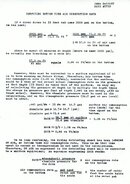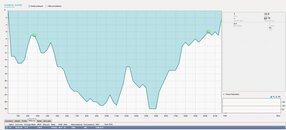Okay, I am a vintage diver, and have not heard of the term RMV related to diving and air usa. To me, it is "root mean value," but this is from either statistics or math. So, enlighten me!
SeaRat
We used RMV, Respiratory Minute Volume, exclusively in Navy and commercial diving. I never heard of SAC rates until visiting Scubaboard. Not sure about what combat swimmers used but that was what the USN diving manual used. RMV was normally expressed in Liters for volume but I have also seen it used in Cubic Feet . In my limited experience, RMV was always a measurement at sea level and adjusted for altitude or depth.
Respiratory minute volume - Wikipedia, the free encyclopedia






